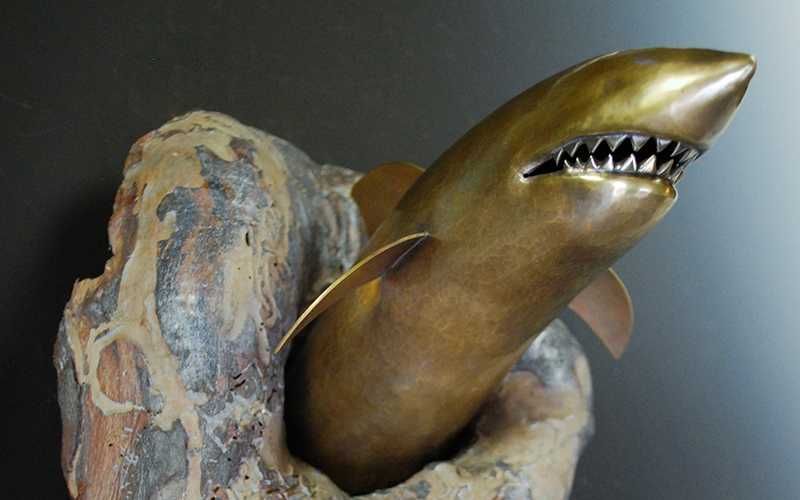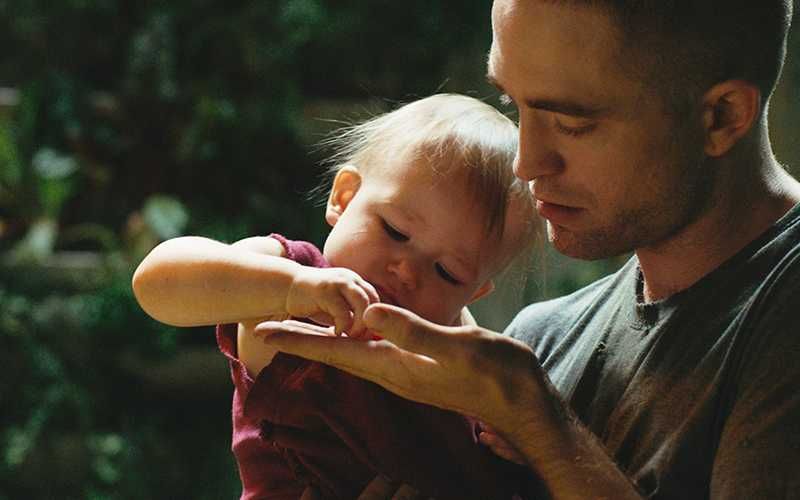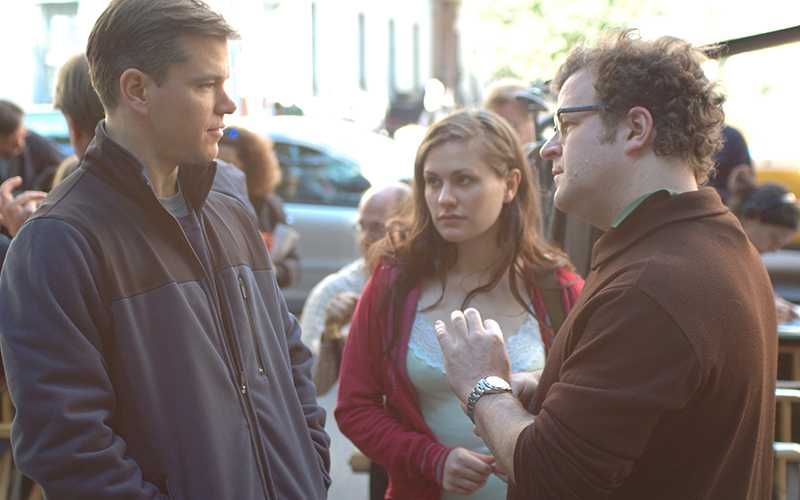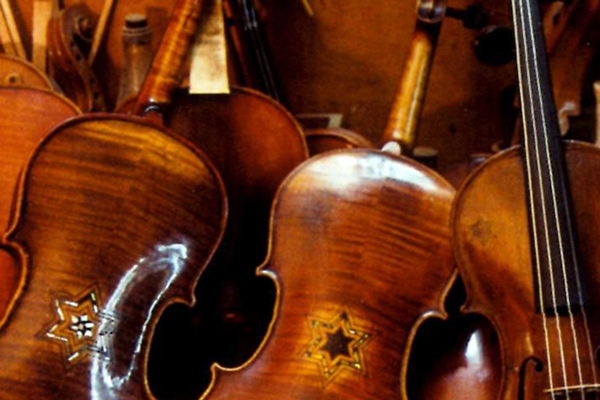Art lovers will be able to dive into metalsmithing this month when Artlink features an exhibition about the little-known but centuries-old craft beginning at 5 p.m. on May 17 through June 21.
“I believe this is the first time we’ve featured this kind of exhibit,” said Mattie L. Miller, coordinator of the gallery that has been a mainstay of the Fort Wayne art community for 40 years.
Ancient craft
The exhibition’s curator is Steve Shelby, a city native and accomplished metalsmith who has been fascinated by metal since his days at Ball State University.
“I majored in art and got interested in metalsmithing,” Shelby said. “From that point on, that’s all I wanted to do.”
After graduating in 1972, Shelby went to work at Fox Products Corp., a leading manufacturer of musical instruments headquartered in South Whitley. He made bassoons, countrabasons, and other instruments for 35 years.
“I learned some skills related to metalsmithing,” he said. “The common thread was silver-soldering.”
The general term “smithing” is an ancient craft involving bending, molding, and shaping various metals. Craftsmen enjoyed high social status because they made tools needed for hunting, farming, and war.
Their modern counterparts — journeymen and technicians — are valued in today’s highly industrialized society.
When he was starting out, Shelby fashioned vessels, bowls, and other useful items. Then he worked up to sculptures of birds and animals and urns sold online to people wanting to memorialize pets. Now he makes jewelry and a little of everything else.
“Mostly I enjoy making one-of-a-kind sculptures, sometimes using more than one kind of metal and wood,” he said.
The key is Experimentation
Metalsmithing isn’t particularly costly, at least not at first.
“Probably no more expensive than oil painting, unless you make things out of silver, as many of the artists in this show do,” Shelby said. “I started out with three hammers and one stake (a metalworking tool similar to a small anvil), and that was fine for a couple of years.
“You need a torch, but for jewelry a very small torch will do. Some start out with a tiny butane torch not much more than a Bic lighter. But for larger scale, like what I do, you need something a lot more serious, like an oxy-acetylene welder’s torch.”
Those first works were satisfying, but some ended up in the trash. And even now, he sometimes gets discouraged.
“With almost every new piece there is some point along the way when I think, ‘This is a total failure’,” he said. “But usually I am able to make it work and get beyond that stage.”
Now, of course, Shelby is an accomplished metalsmith who had had two solo art exhibitions and displayed work in hundreds of others. One is included in the upcoming Artlink exhibition.
His advice to novice metalsmiths: Don’t be afraid to try new things, and experiment. And don’t expect to create a masterpiece when you’re just starting out.
Very little of what he does requires safety glasses, Shelby said, but he’s safety conscious working with metals.
“I wear hearing protection — the hammering is very loud — and I have an exhaust hood for expelling fumes from annealing (making metal pliable), silver-soldering, and welding. Those fumes are a health hazard.”
While he’s safety conscious, Shelby said, there are still mishaps.
“Every couple of years, or so, I have an inattentive moment and put my hand in front of the torch or hit my thumb with a hammer, But it’s been a while for either of those.”
Smiths from Around the U.S.
The gallery is expecting smithing artists from around the country, according to gallery coordinator Miller, including Betty Helen Longhi and Cynthia Eid who wrote Creative Metal Forming, a book Shelby considers it one of the best written.
“It’s beautifully illustrated with step-by-step instructions with many great pictures (including a couple of his) of completed pieces by accomplished metalsmiths.”
Longhi is a nationally recognized metalsmith living in North Carolina. Her works are noted for several characteristics including sculptural quality.
Among other accomplishments, she has lectured at the Society of North American Goldsmiths and the Maryland Institute of Art.
Eid, who lives in Charlestown, Mass., is a jeweler and silversmith with a Master of Fine Arts degree from Indiana University. She works creatively with a hammer or hydraulic press and has taught workshops and short courses in many parts of the United States.
Also Showing
Showing simultaneously with the metalsmith exhibition will be a solo exhibition by Emily Sullivan Smith, an assistant professor, full-time faculty member, and Foundation Coordinator at the University of Dayton’s Department of Art and Design. She has taught multi-dimensional design, drawing, printing at the College of Wooster, Kent State, the Akron Art Museum, and several non-profit organizations.
Her naturalistic art work emphasizes the impact of human activities on the environment. It has been displayed at numerous exhibitions in the Midwest.





